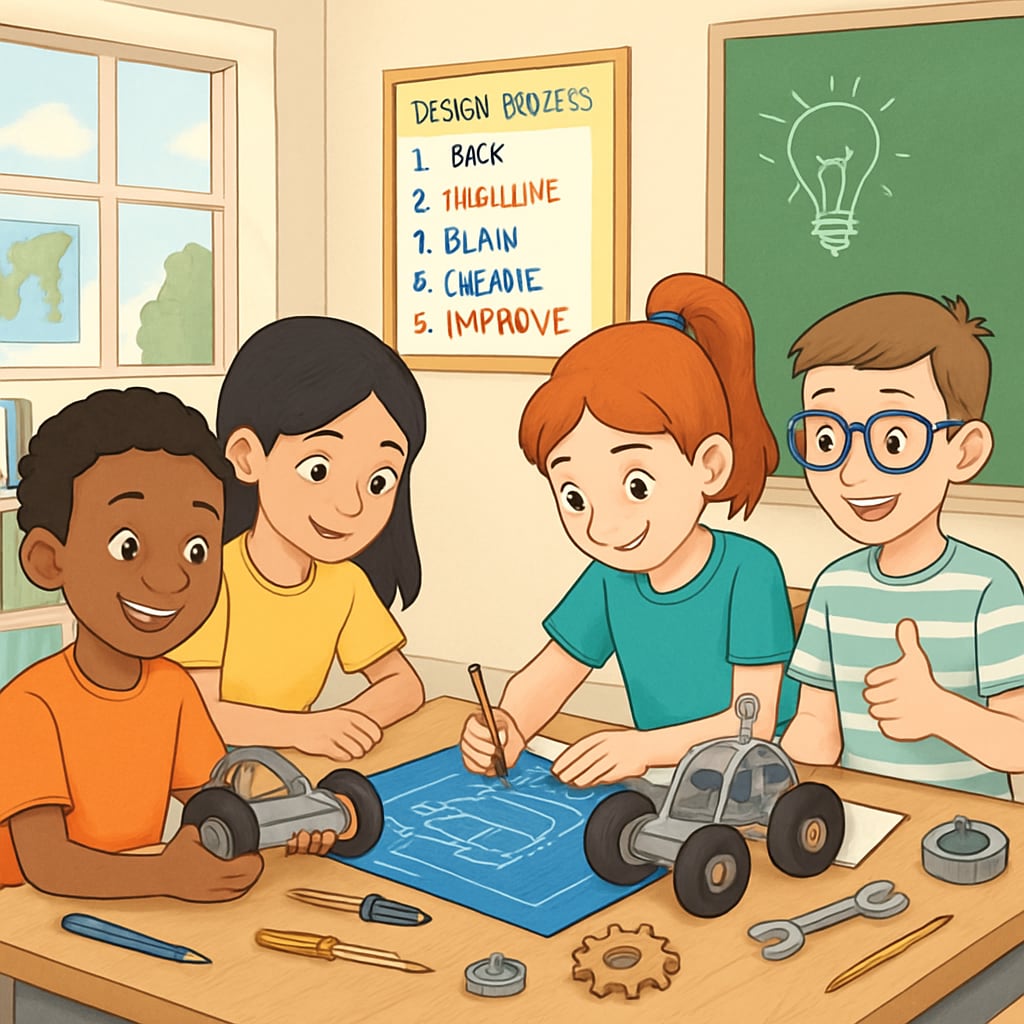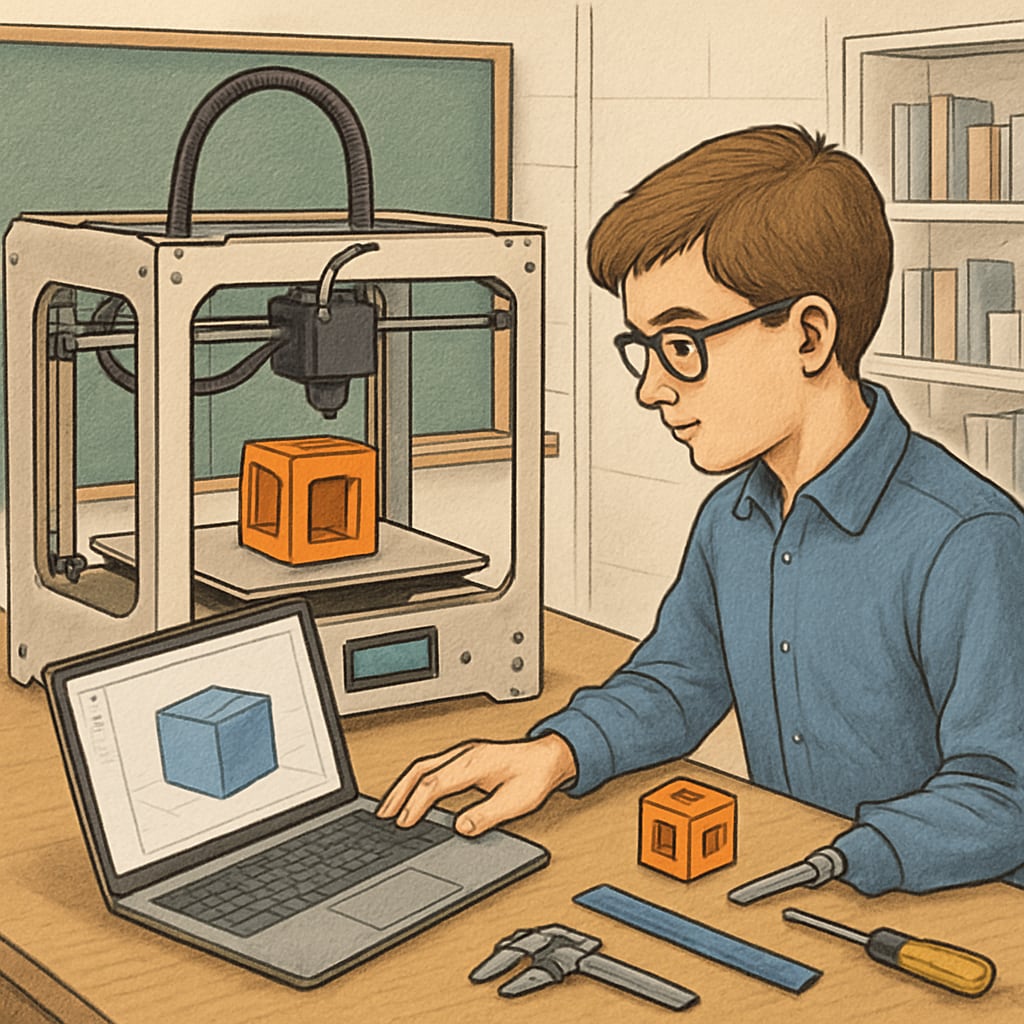In today’s rapidly evolving world, the importance of “engineering design thinking” has grown significantly. As parents and educators consider future opportunities for children, understanding how to embed engineering principles in K12 education can pave the way for their success in career development and academic pursuits. This article delves into why engineering design thinking matters, how it can be effectively implemented, and the long-term benefits it offers in shaping students’ futures.
Why Engineering Design Thinking Matters in K12 Education
Engineering design thinking—defined as the process of solving problems through creative, iterative, and practical approaches—is more than just a technical skill. It fosters critical thinking, collaboration, and adaptability, which are essential for thriving in the modern workforce. Beyond technical fields, these skills apply broadly to industries like healthcare, business, and even the arts.
Early exposure to engineering concepts in K12 education helps students develop a growth mindset, preparing them for challenges in higher education and professional environments. For example, incorporating design projects in classrooms allows students to approach real-world problems systematically, equipping them with tools to innovate and excel.

Strategies to Implement Engineering Design Thinking
Effectively cultivating engineering design thinking in K12 education requires deliberate planning and execution. Here are some strategies educators and parents can adopt:
- Project-Based Learning (PBL): Introduce hands-on projects that challenge students to design, test, and refine solutions. For example, tasks like building bridges with simple materials or coding basic robotics can spark curiosity and creativity.
- Cross-Disciplinary Integration: Blend subjects such as mathematics, science, and art to show how engineering design connects to diverse fields. This enhances students’ ability to think holistically.
- STEM Competitions: Encourage participation in events like science fairs or engineering challenges to foster teamwork and real-world problem-solving skills.
- Mentorship Programs: Partnering with professionals in engineering can provide students with role models who inspire and guide their learning journey.
In addition, educators can leverage technology platforms designed for K12 students, such as coding software or 3D design tools, to make learning interactive and engaging. Resources like STEM education initiatives offer valuable frameworks for implementation.

The Long-Term Impact on Career and Academic Choices
Integrating engineering design thinking in K12 education not only prepares students for technical fields but also equips them with transferable skills that are valuable across career paths. For instance, students who master design thinking are better equipped to pursue engineering degrees—such as a master’s in design engineering—which can lead to lucrative roles in industries like technology, manufacturing, and aerospace.
Moreover, early exposure to engineering concepts can guide students in making informed decisions about their academic paths. Whether they choose a specialized master’s degree or explore interdisciplinary fields, the foundation built during K12 education will provide a competitive edge. For example, understanding design principles can enhance problem-solving in fields ranging from architecture to environmental sciences.
As a result, engineering design thinking bridges the gap between theoretical knowledge and practical application, empowering students to excel in both academic environments and professional roles. For further reading, resources like engineering fundamentals offer a deeper dive into the subject’s relevance and scope.
Conclusion: Designing a Future of Opportunities
By embedding engineering design thinking into K12 education, parents and educators can empower children to think critically, innovate, and adapt to an ever-changing world. These skills not only prepare them for higher education—such as pursuing a master’s in engineering design—but also open doors to diverse career opportunities.
The journey of nurturing engineering design thinking begins with small steps, such as introducing project-based learning and encouraging curiosity. As students grow, these foundational skills will guide them toward success in academic, professional, and personal endeavors.
In embracing this approach, we help shape the next generation of thinkers, creators, and leaders—one design project at a time.


